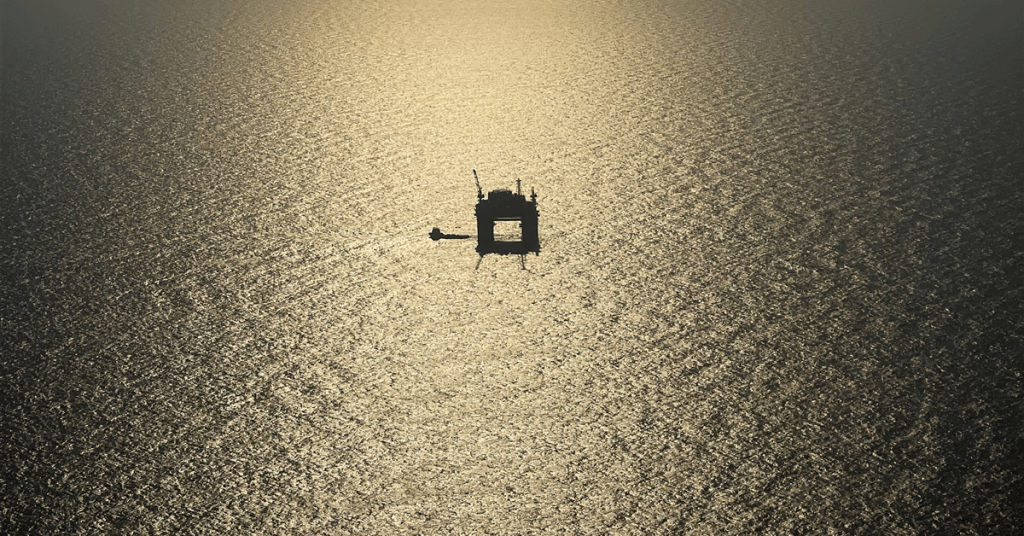A Repsol SA consortium began producing oil in the Leon-Castille development offshore Louisiana, which represents the first refurbishment of a production facility in the Gulf of America, the Spanish company said.
The two-field project’s Salamanca floating production unit (FPU), which sits in a water depth of about 6,400 feet in the Keathley Canyon 689 area, has now been started up. The FPU is designed with an initial capacity of 60,000 barrels per day (bpd) of crude and 40 million cubic feet a day of natural gas, according to the owners.
Repsol has a declared ownership of 50 percent in Leon, 35.62 percent in Castile and 2.5 percent in the Salamanca FPU. Covington, Louisiana-based LLOG Exploration Offshore LLC says it operates the two fields and their FPU, while O.G. Oil & Gas joined the partnership last year, according to LLOG.
A second well in Leon and the inaugural well in the adjacent Castille field could come online “in the coming months”, Repsol said in a statement on its website.
A third Leon well and a second Castille well are expected to start up next year, LLOG said separately.
“Since Repsol drilled the discovery well at Leon in 2014, we have been working diligently to advance this important project to supply secure, reliable and affordable energy in the Gulf for decades to come”, said David Ramos, Repsol director for the U.S. Gulf.
“The opportunity to jointly develop Leon and Castile reflects our strategy to safely and efficiently deliver better barrels in established basins like the Gulf, where we already have the technical expertise, experienced partners and a strong legacy of success”.
Repsol noted, “This historic facility is the first to be refurbished in the U.S. Gulf, delivering an estimated 87 percent reduction in emissions compared to the construction of a new unit”.
“Together with the Pikka development in Alaska, anticipated to come online at the beginning of 2026, the Leon-Castile project adds to Repsol’s growing energy production in the U.S., confirming the country’s strategic role as a core growth region in its 2024-27 Strategic Plan”, Repsol said.
The Pikka Phase I oilfield project will have a gross capacity of 80,000 bpd, according to operator and 51 percent owner Santos Ltd of Australia. Repsol holds 49 percent.
Repsol also owns 22.5 percent in the Buckskin oil and gas field, which started production 2019. Its partners are LLOG (operator), Navitas Petroleum, O.G. Oil & Gas and Ridgewood.
Elsewhere in the Gulf, Repsol owns 28 percent of the Shenzi oil and gas field, which went onstream 2009. Australia’s Woodside Energy Group Ltd is operator with a 72 percent interest.
“In addition to its development projects, the company holds an interest in more than 200,000 net acres for exploration in the basin and is advancing its first carbon, capture and storage project with 140,000 acres of pore space leased in state waters offshore Texas near Corpus Christi”, Repsol added.
Elsewhere in the U.S., Repsol also has exploration and production assets in Texas and Pennsylvania, as well as a crude, products and gas marketing and trading network, the company said.
In the U.S. renewables sector Repsol has an installed capacity of 1,400 megawatts from solar and energy storage in Texas and New Mexico, as well as over 20 gigawatts of renewables in development in 13 states, according to the company.
To contact the author, email jov.onsat@rigzone.com
element
var scriptTag = document.createElement(‘script’);
scriptTag.src = url;
scriptTag.async = true;
scriptTag.onload = implementationCode;
scriptTag.onreadystatechange = implementationCode;
location.appendChild(scriptTag);
};
var div = document.getElementById(‘rigzonelogo’);
div.innerHTML += ” +
‘‘ +
”;
var initJobSearch = function () {
//console.log(“call back”);
}
var addMetaPixel = function () {
if (-1 > -1 || -1 > -1) {
/*Meta Pixel Code*/
!function(f,b,e,v,n,t,s)
{if(f.fbq)return;n=f.fbq=function(){n.callMethod?
n.callMethod.apply(n,arguments):n.queue.push(arguments)};
if(!f._fbq)f._fbq=n;n.push=n;n.loaded=!0;n.version=’2.0′;
n.queue=[];t=b.createElement(e);t.async=!0;
t.src=v;s=b.getElementsByTagName(e)[0];
s.parentNode.insertBefore(t,s)}(window, document,’script’,
‘https://connect.facebook.net/en_US/fbevents.js’);
fbq(‘init’, ‘1517407191885185’);
fbq(‘track’, ‘PageView’);
/*End Meta Pixel Code*/
} else if (0 > -1 && 81 > -1)
{
/*Meta Pixel Code*/
!function(f,b,e,v,n,t,s)
{if(f.fbq)return;n=f.fbq=function(){n.callMethod?
n.callMethod.apply(n,arguments):n.queue.push(arguments)};
if(!f._fbq)f._fbq=n;n.push=n;n.loaded=!0;n.version=’2.0′;
n.queue=[];t=b.createElement(e);t.async=!0;
t.src=v;s=b.getElementsByTagName(e)[0];
s.parentNode.insertBefore(t,s)}(window, document,’script’,
‘https://connect.facebook.net/en_US/fbevents.js’);
fbq(‘init’, ‘1517407191885185’);
fbq(‘track’, ‘PageView’);
/*End Meta Pixel Code*/
}
}
// function gtmFunctionForLayout()
// {
//loadJS(“https://www.googletagmanager.com/gtag/js?id=G-K6ZDLWV6VX”, initJobSearch, document.body);
//}
// window.onload = (e => {
// setTimeout(
// function () {
// document.addEventListener(“DOMContentLoaded”, function () {
// // Select all anchor elements with class ‘ui-tabs-anchor’
// const anchors = document.querySelectorAll(‘a .ui-tabs-anchor’);
// // Loop through each anchor and remove the role attribute if it is set to “presentation”
// anchors.forEach(anchor => {
// if (anchor.getAttribute(‘role’) === ‘presentation’) {
// anchor.removeAttribute(‘role’);
// }
// });
// });
// }
// , 200);
//});

